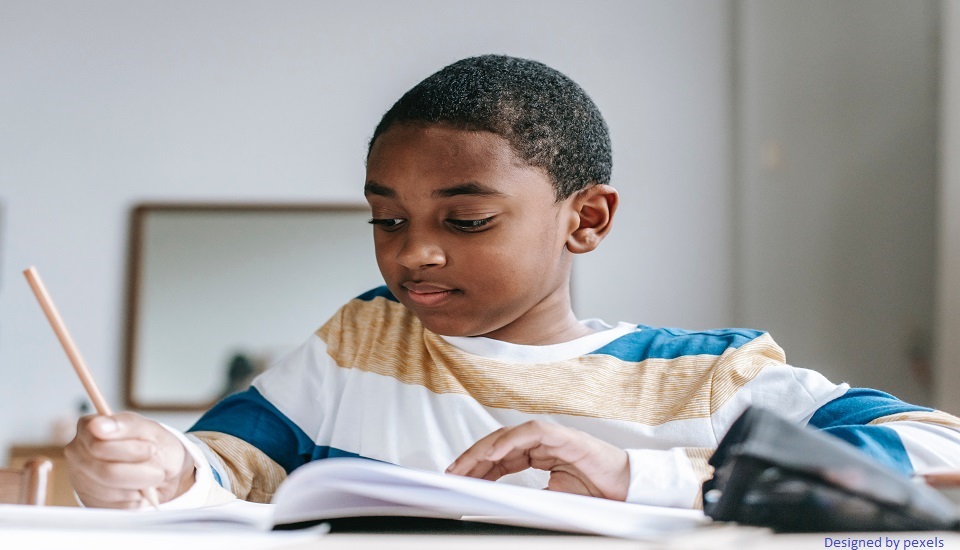Empathy - the basic skill teachers into counselling must develop
25th June 2022
Empathy is one of the most basic yet important student counselling techniques that teachers need to possess and develop when it comes to handling students and helping them. A major part of counselling and guidance involves the teacher to be accepting and empathetic towards the child where the teacher’s primary function involves listening and responding empathetically.
Merriam-Webster defines empathy as “the action of understanding, being aware of, being sensitive to, and vicariously experiencing the feelings, thoughts, and experience of another of either the past or present without having the feelings, thoughts, and experience fully communicated in an objectively explicit manner.”
Why is empathy an integral part of counselling children?
Empathy is listening without judgement; it is listening with a completely unconditional positive regard. Empathy allows us to connect with each other and to understand and share. It gives us common ground to allow each other to be heard and listened to; it allows us a space to experience some of the emotions and feelings experienced by the other person. Notable psychologists like Carl Rogers recognized the importance of giving each other unconditional support free from judgment and prejudices; LaBier believed that lack of empathy restrains connection, keeps people isolated and stuck in their own self-centered spaces that are not in sync with the kind of world we now live in.
As discussed earlier, students often associate empathy with the development of personal relationships with the teacher making it an essential part of counselling therapy. It has been found in recent studies that the more empathy that the teacher practices toward the student, the more effective the outcome of the counselling sessions will be with regard to each student. It is also a fact that empathy is of great benefit for the teachers too! They experience a greater level of ‘job satisfaction and lower levels of burnout than those who do not empathize with their students.’
Types of empathy
- Emotional empathy
- Cognitive empathy
Emotional empathy is “the capacity to share or become affectively aroused by others’ emotional states at least in valence and intensity”. Cognitive empathy is “the ability to consciously put oneself into the mind of another person to understand what she is thinking or feeling”. (Decety & Yoder, 2016)
Empathy not only promotes the building of mutual trust between the teacher and the student but also fosters a greater level of self-understanding for the student, and higher levels of feeling happy and secure. Teachers too experience a sense of satisfaction and a lower level of stress and burnout when they empathise with the student and the things that he/she narrates.
Ways to show empathy
Teachers can practice the following to showcase their empathetic nature:
- not interrupting the student as he/she speaks
- not dismissing his/her beliefs
- not being judgmental
- and not talking too much in general
Conclusion
One of the prerequisites for the teacher to practice empathy is good communication skills, not just with your students but also with other people - friends, relatives, and family. Communication and understanding go hand in hand when it comes to cultivating empathy. Pursuing courses like online counselling course for teachers will immensely help you cultivate this much-needed quality to guide and support your learners always.
Written By : Anindita Das